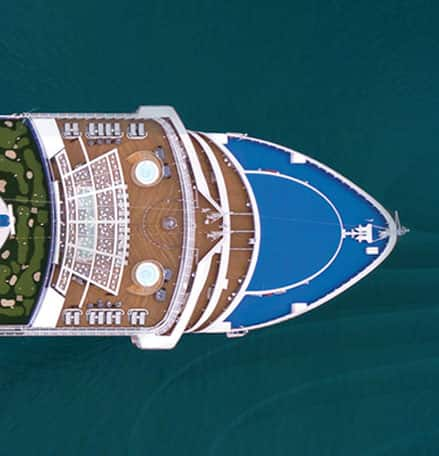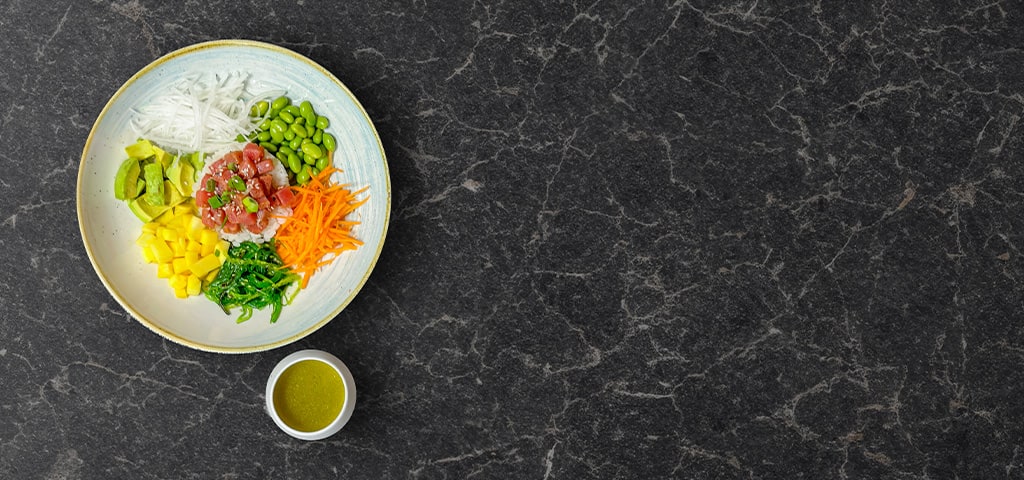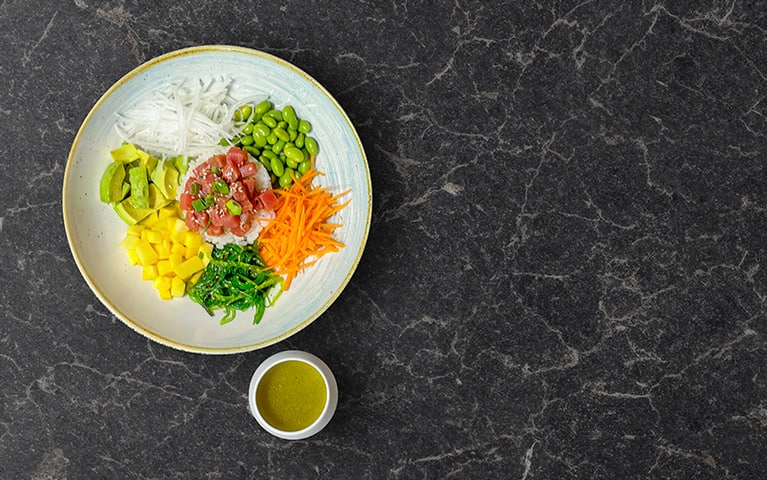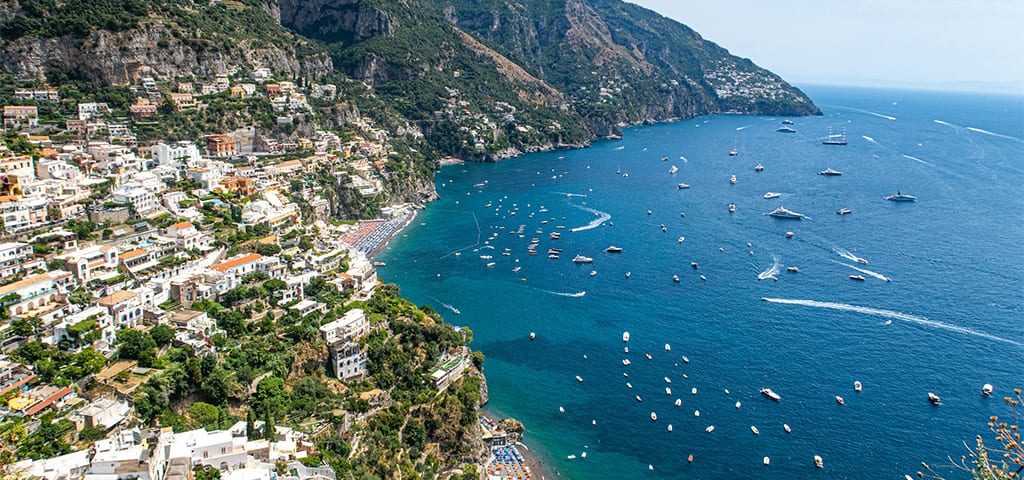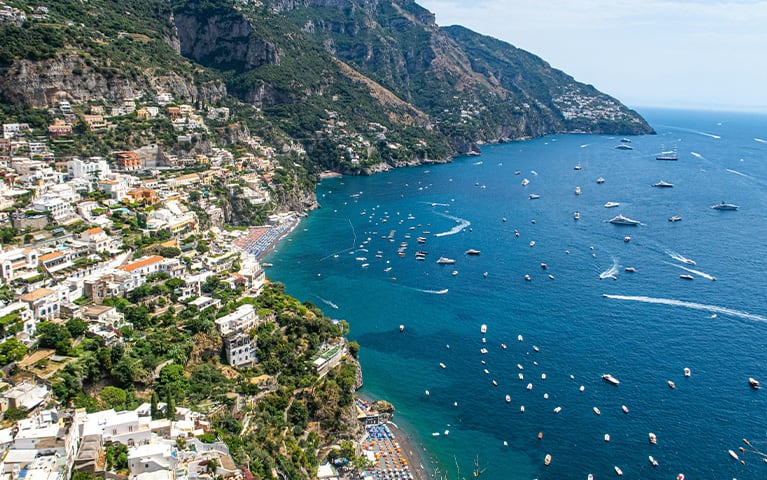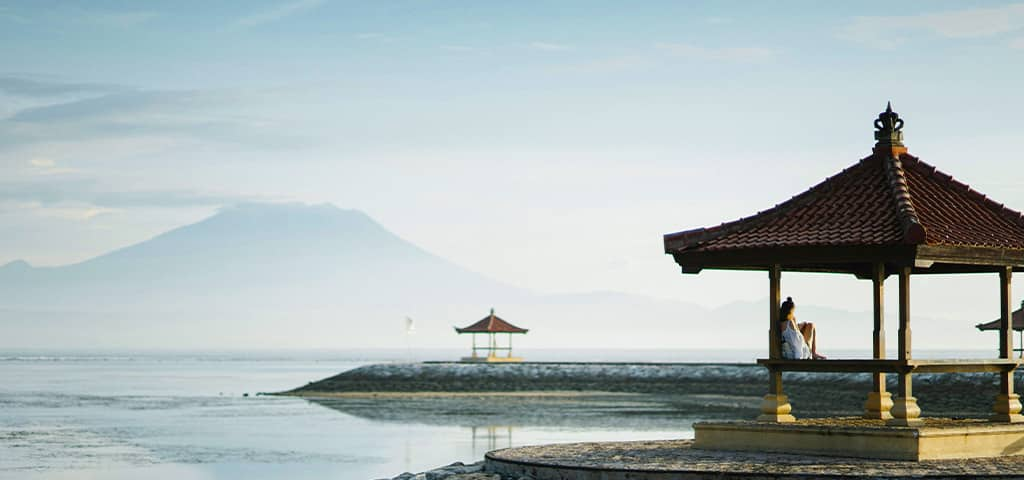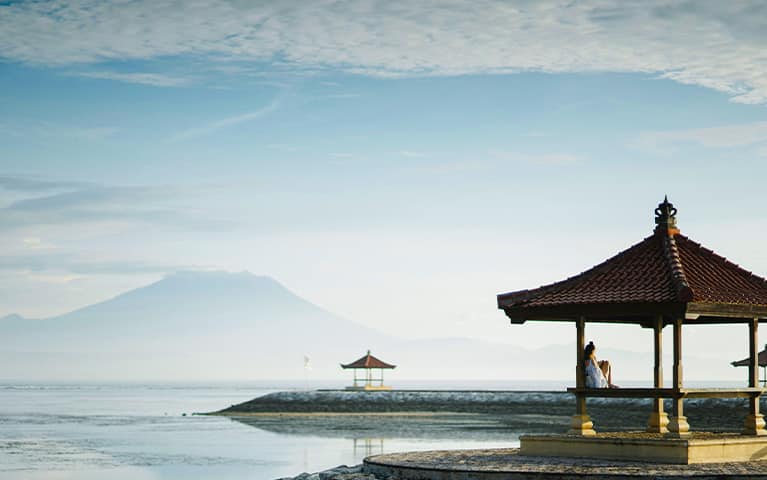Happiness: What It Means in Countries Across Europe
Hygge, joie de vivre, dolce far niente – there are so many ways to describe happiness and a sense of contentment in languages around the world. The pursuit of happiness may be universal, but the ways in which different cultures understand and experience happiness are much more nuanced, with language offering a fascinating glimpse into this rich and varied element of life.
Even within Europe, the multitude of distinctions sheds light on how closely tied the experience of happiness is to cultural elements such as a country’s societal values, customs, relationship to cuisine, lifestyle and the way people spend their leisure time. Scandinavian countries have a reputation for being some of the happiest places in the world and often score highest on the World Happiness Report, which is an annual survey conducted by the United Nations Sustainable Development Solutions Network. But what does happiness look and feel like in Denmark and Norway compared to other parts of Europe, such as Greece and Italy?
The subtleties are intriguing – and inspiring, for they reveal yet another beautiful layer of culture that travel puts us in touch with, enriching our lives long after the adventure has ended. Who wouldn’t want to benefit from experiencing an exquisite afternoon reveling in the Italian art of doing nothing or discovering more about the refined French appreciation for the smallest of details? We traveled around Europe via the lens of the language to understand what happiness looks and feels like in several Mediterranean and Scandinavian countries. The findings just may inspire your next Europe cruise.

HYGGE | Denmark
A crackling fire, thick socks, a hot cup of tea, laughter. Hygge, considered a defining characteristic of Danish culture, refers to a sense of coziness, a relaxed ambiance and general feelings of conviviality and contentment – whether you are inside or outdoors. While it’s most commonly explained in the context of the long, cold winters Denmark experiences, during warm-weather months it might mean strawberries and ice cream in the park with close friends or a bike ride on nature trails with family. It’s the very Danish way of enjoying quality time with friends and family. You’ll sense it everywhere you travel in Denmark, whether it’s a canal-side café, private home, garden or even a street festival.
JOIE DE VIVRE | France
The joy of living, the celebration of life – translate it how you will, the enviable French art of joie de vivre is all about savoring the small moments and details that imbue life with color and vibrance. Not surprisingly, it’s oft intertwined with France’s relationship with cuisine, and it almost always involves an emphasis on simplification and quality over quantity. Whether it’s growing herbs on your patio, going to the local market or simply enjoying a cup of freshly brewed coffee, joie de vivre is around every corner, if you know how to cultivate it.

IL DOLCE FAR NIENTE | Italy
Where else could “the sweetness of doing nothing” be embraced so beautifully but Italy? Leave it to the Italians to be masters of letting bliss come to them rather than seeking it out. Dolce far niente centers on quieting the noise around us, letting life happen and taking advantage of opportunities to simply “be.” Idle at the café a bit longer than you normally would, revel in the view from a window or balcony, enjoy a glass of wine in your garden and listen to the birds, and yes, take that nap – even the Italian way of il pisolino is sweeter.
EUDAIMONIA | Greece
Tracing back to the ancient Greek philosopher Aristotle, the concept of eudaimonia means to live well or flourish as a human being. That is, happiness is finding fulfillment through living up to your true potential. This connects to the very Greek mindset that everyone deserves to enjoy a fulfilling and pleasurable life, regardless of their circumstances, without guilt and without postponement. Whether in Athens or on one of the many captivating Greek Isles, there are so many ways you can experience this sense of flourishing and living well – at the table enjoying a fresh Greek meal, learning about the strong sense of local heritage and traditions, the deep sense of pride in history at the incredible archaeological sites. And Greek hospitality? It simply doesn’t get any better – except, perhaps, aboard our ships.

FRILUFTSLIV | Norway
Reconnecting in the fresh Nordic air, hiking in fjord country, berry picking, appreciating clouds mirrored on the surface of a lake…in Norway, it’s all considered friluftsliv. Roughly translated as outdoor life, the word friluftsliv is a blend of the Norwegian words for free, air and life. Understood as embracing life outdoors, friluftsliv is a deep-rooted philosophy and a way of life that is ingrained in Norwegian culture and tied to the national identity. Norway has a Friluftsloven law, which includes the right to roam on uncultivated land and you can even pursue a bachelor’s degree in friluftsliv. And, it just so happens to be what most Norwegians point to time and again when their country rises up in the happiness charts.
Read more articles on happiness, plus get a look at 14 unique Europe cruises not to miss in 2023, in the winter edition of our OLife newsletter. Stay tuned for more content on travel adventures and happy places around the world in the coming weeks and months.

